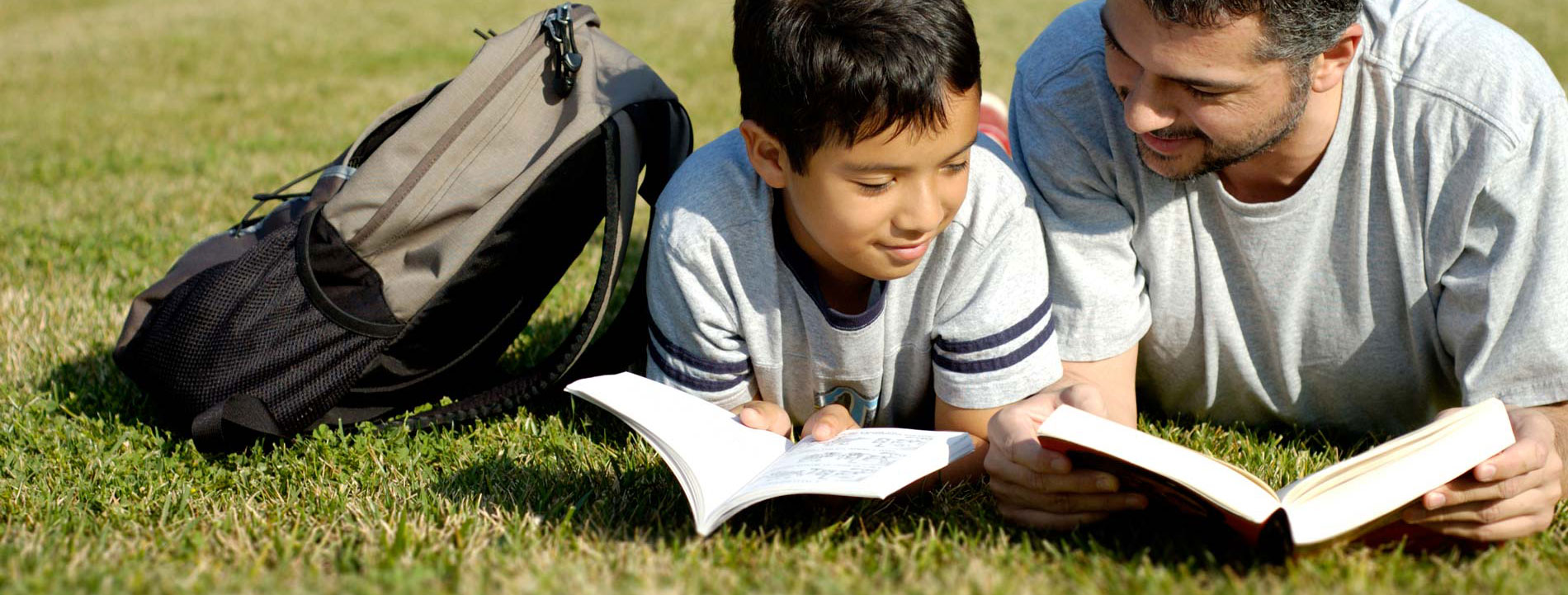Parenting Toolbox
Parenting Tools for the Holidays
By Susan Sears, Parent Education Team
Here it is, November already, and the holidays are fast approaching! This is often a busy time for families and can sometimes leave parents and children feeling emotionally stretched and stressed with all the activity. At this time of year, I try to take a few minutes to brush up on some tools that I can use to help my family stay connected. Recently, I was reading a post from a blog called “Parenting From Scratch” that seems to speak to this. It’s very long so I have taken the liberty of editing it some. You can find the blog here: http://parentingfromscratch.wordpress.com/.
… The key to successful, long-term discipline is having a close relationship with an authority figure. This is where parenting begins.
When children are having behavior problems, parents frequently want to know, “What should I do?” They turn to books, friends, articles, and classes to find new tools to get their child’s difficult behavior to stop. They want something to do about it; to be able to articulate a concrete plan for changing the situation. But what parents need to understand is that the tools are secondary to the relationship.
What this means for parents in regard to getting through our kids’ difficult phases of behavior is that we must focus on connecting to them &mdash building a closer, stronger relationship — before we focus on what tools to use. It needs to be ongoing, and it needs to be the first thing considered when responding to a behavioral situation. Before asking, “What should I do?” we need to ask, “How is our relationship? Am I emotionally available? Does my child feel connected to me?” When we address the relationship first, all of the “logistics” of discipline are infinitely more successful.
The beauty of non-punitive parenting tools is that, just by using them, we are strengthening the connection between ourselves and our children. That’s why they work. They use empathy, respect, and communication to bring our children closer to us. Our attachment grows stronger, and our children understand our love and presence for them; they want to behave differently for us. Every disciplinary situation resolved with positive parenting tools versus punitive ones (like yelling, threatening, spanking, removing privileges, manipulation, or strict control) is a chance to develop a closer relationship.
A parent-child relationship based on closeness, love, cooperation, and respect rather than distance, fear, control, and dominance ensures healthy emotional development. This relationship is key. It sets a child up for a lifetime of success in all relationships they’ll have and decisions they’ll make.
Here are my favorite ways to work with kids to solve behavior issues and strengthen our relationship:
Listen — This might be the biggest and best action for building connection, and the first step in responding to misbehavior. Hear them out. Don’t make assumptions, don’t interrupt, don’t do something else at the same time. Children will listen after they feel listened to.
Focus on solutions together — Blaming and shaming damage a relationship and waste time. Focusing on how to solve a problem together invites cooperation and respect. “Our mornings seem to be pretty rushed and stressful. What ideas do you have for getting things done more smoothly? What is the hardest for you? What would help?”
Show faith — Have confidence in kids to make their own decisions, fix their own mistakes, and accomplish their own goals. A child might make different choices than a parent would, but parents’ faith in children generates confidence in the kids and trust between both parties.
Make mistakes — Allowing and accepting mistakes facilitates trust. It lets kids know they can trust us enough to come to us with their mistakes, and they don’t ever have to hide them. Mistakes are OK, and we’re here to help.
Kindness and firmness — Ensuring that our guidance is given with kindness and firmness reaffirms that we are authoritative figures (firmness) who love them (kindness). “It’s time to brush your teeth, let’s do it together.”
Connect eye-to-eye — Getting down to a child’s level to talk to them is respectful and shows that we value them (rather than standing over them looking down, demonstrating that they are literally under us.)
Validate feelings — When kids know that their feelings are acceptable, they’re OK to move on to solutions. Empathy communicates understanding, and children who feel understood feel securely attached.
When our child’s connection to us is strong, these positive discipline tools work beautifully. If our connection has slipped away from what it could be, these tools help get it back and help guide our kids’ behavior. When we aim for closeness and understanding first, kids are much more receptive to loving guidance.



